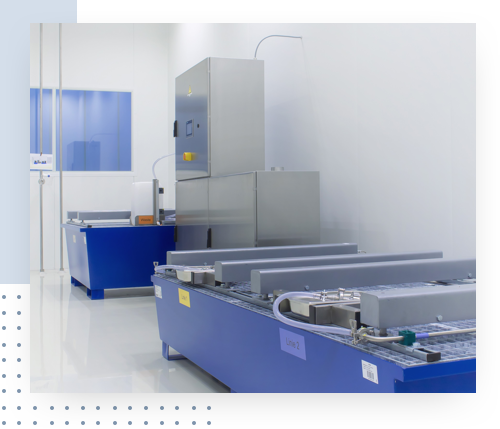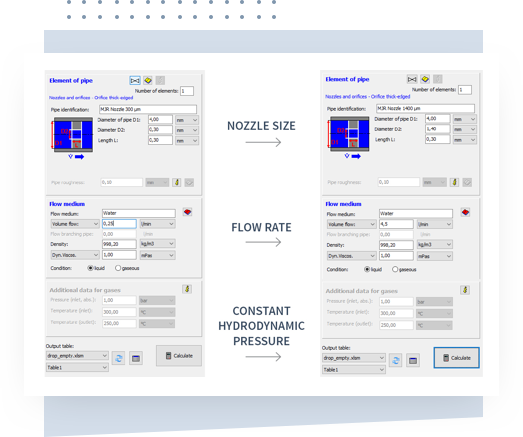For industrial (I), cosmetic (C) or nutritional (N) applications
Our P1 I/C/N production facility is based on a modular design. It contains an MJR® with a maximum throughput of 600 liters per hour.
Siemens-based control software ensures full compatibility with your production environment.
It is highly adjustable for a wide range of industrial, cosmetic and nutritional applications and is designed to international legal standards.





